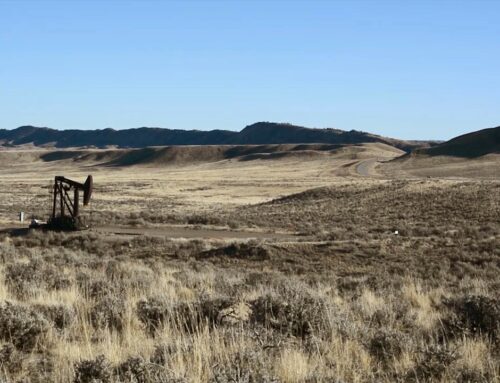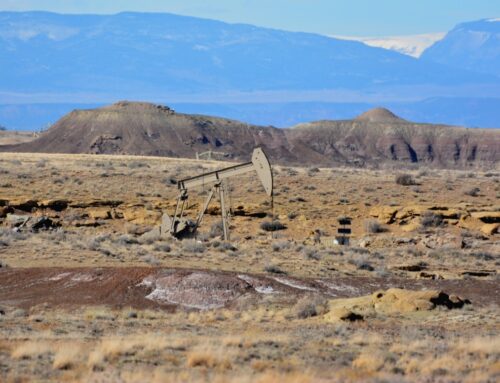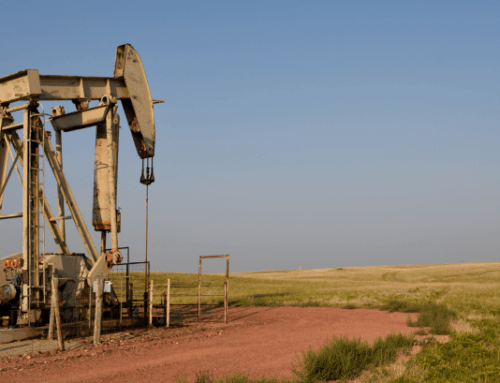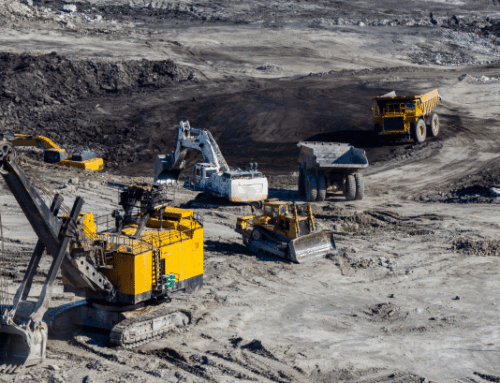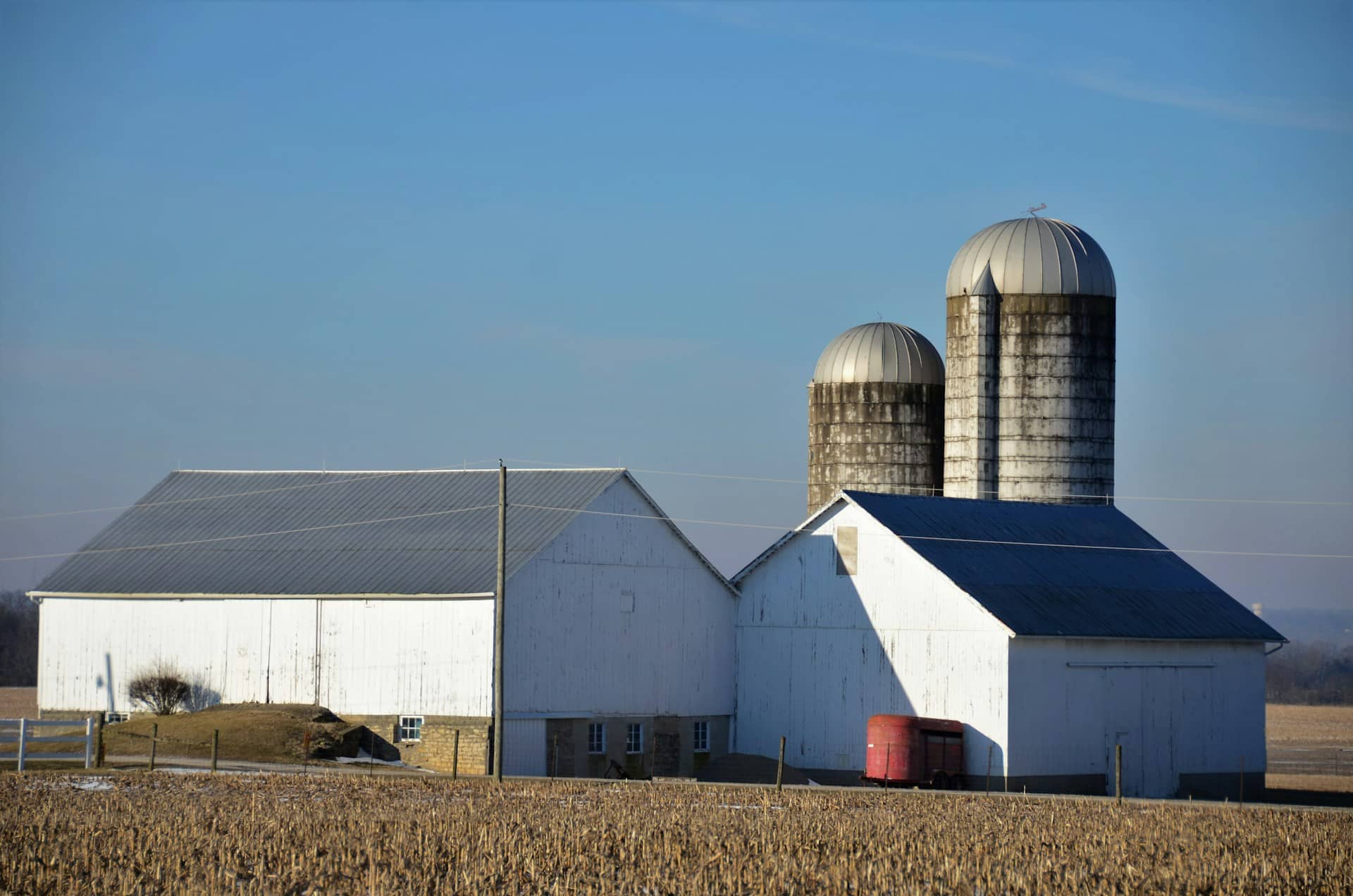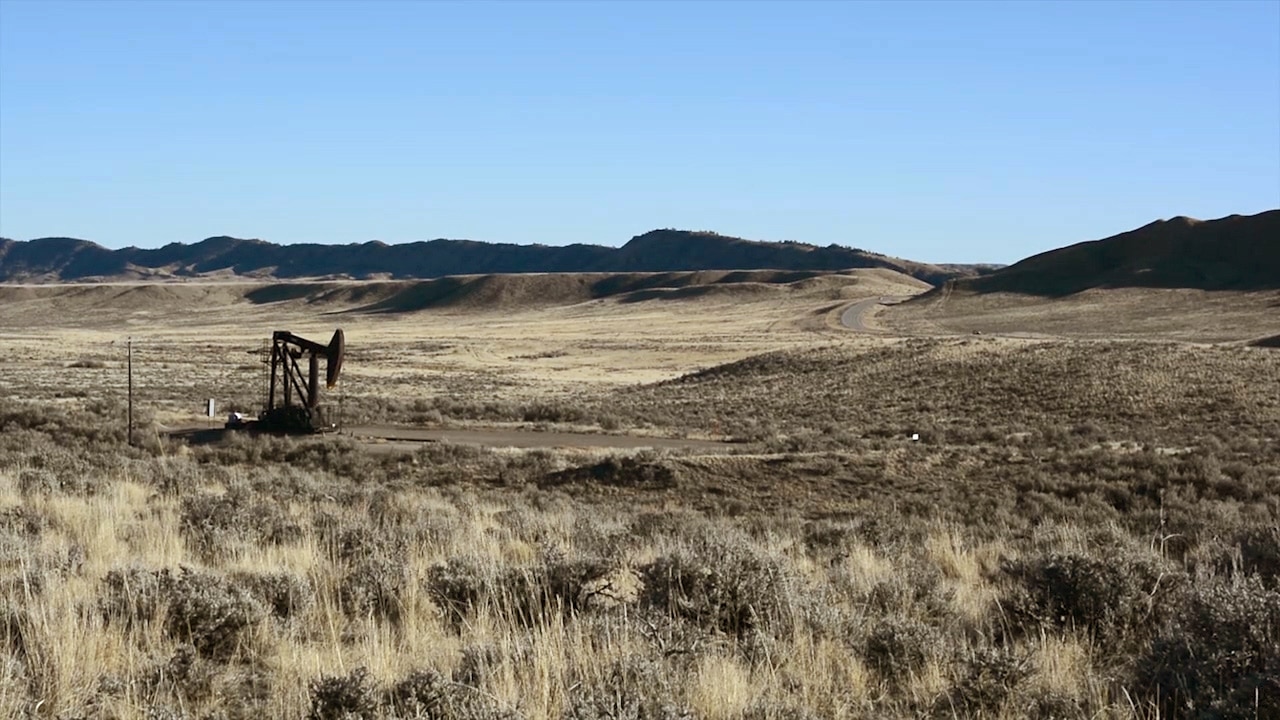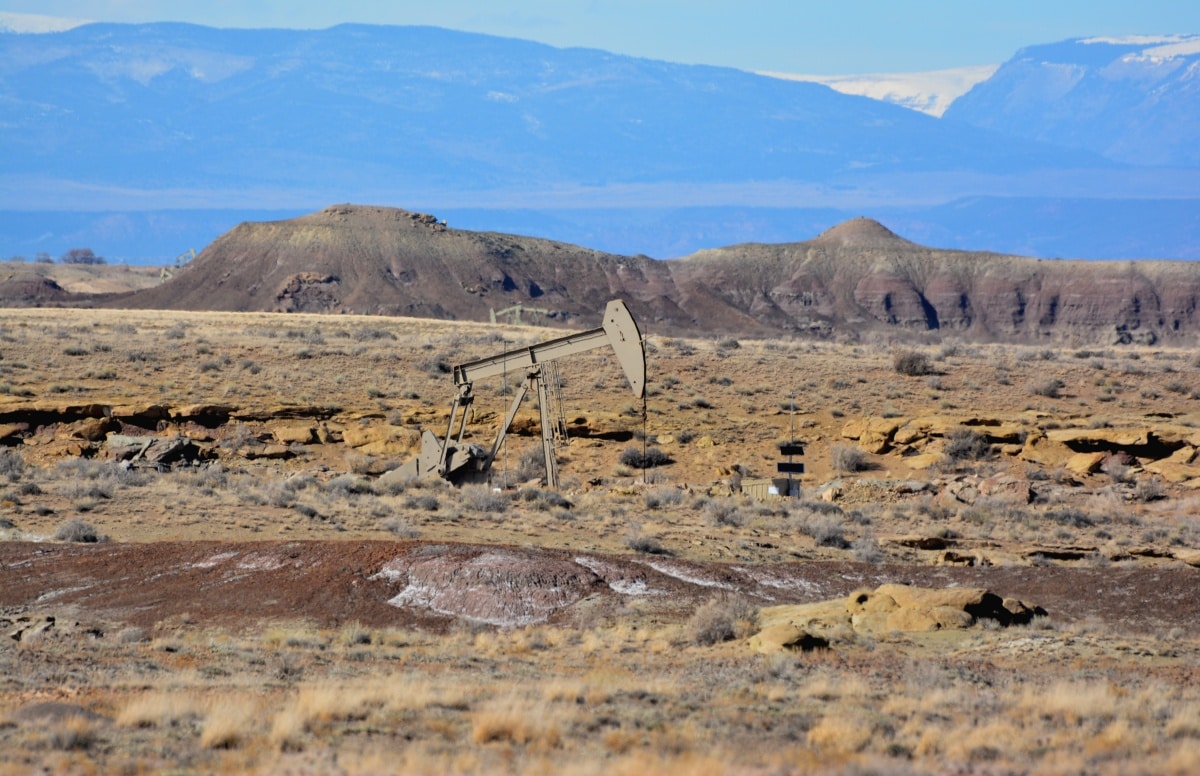On January 17, 2025, the U.S. Department of Transportation Pipeline and Hazardous Materials Safety Administration (PHMSA) released the final “Pipeline Safety: Gas Pipeline Leak Detection and Repair” rule, which applies to methane emissions from new and existing gas pipelines and certain storage facilities.
Methane waste undermines our energy security, reduces federal revenue, deprives consumers of a valuable energy resource, and contributes to weather events like severe flooding or drought that impact communities nationwide. Strengthening leak detection and repair requirements across U.S gas pipeline infrastructure will help end this egregious waste.
Statement by Autumn Hanna, vice president of Taxpayers for Common Sense
Wasted natural gas represents a blatant misuse of resources and money. Every cubic foot of methane escaping from pipelines costs American taxpayers and harms communities. By modernizing leak detection standards and requiring timely repairs, the new rule will significantly reduce these losses and deliver more gas to market.
Background
The final rule addresses methane waste by mandating the use of advanced leak detection technologies and timely repairs. Federal leak detection and repair standards for pipelines have remained largely unchanged since the 1970s, despite significant improvements in technology. These outdated regulations only require the repair of “hazardous” leaks, with no specific timelines for repairs. In contrast, the proposed rule introduces more frequent monitoring, mandates up-to-date leak detection technology, and requires the timely repair of all leaks.
The proposed rule also targets the intentional release of methane, known as venting, which accounts for a large portion of total methane emissions from natural gas pipelines. While some intentional releases are necessary for maintenance or safety, the rule requires operators to implement mitigation measures to minimize methane emissions.
Additionally, the rule promotes accountability by expanding reporting requirements for large-volume releases. Greater transparency ensures pipeline operators are held responsible for effectively managing leaks. For decades, outdated regulations have allowed operators to ignore the long-term harm caused by leaks that do not pose immediate safety risks. By requiring the repair of all leaks—whether initially deemed hazardous or not—this rule shifts long-term public health and environmental costs away from taxpayers and onto the responsible parties.
Additional Resources
- Plugging the Leaks, Protecting Taxpayers: PHMSA’s Plan to Curb Methane Waste: TCS analysis of the proposed “Pipeline Safety: Gas Pipeline Leak Detection and Repair” rule
- Taxpayer and Climate Costs of Methane Emissions Fact Sheet: TCS fact sheet on how lost gas wastes valuable resources, hurting taxpayers, consumers, and the climate.
- Gas Giveaways II: Methane Waste on Federal Lands is Business as Usual: TCS report on the routine venting, flaring, and leaking of methane by oil and gas operators on federal lands.
- Paying the Price of Climate Change: TCS report on the taxpayer costs of climate change.

